The two researchers have published the first record of a plant that can imitate several hosts. Boquila trifoliolata is the only member of the Boquila genus and is a native vine of Chile and Argentina. It is common, vigorous climber with fluted, hairy stems. The most interesting feature of this plant is definitely its ability to grow leaves that match the shape and size of the nearest plant - usually its host!
“There are some leaf features that are too hard to copy, such as serrated leaf margins,” says Gianoli. “It is common to see cases where Boquila “did her best”, and attained some resemblance, but did not really meet the goal.”
The same vine can even mimic several trees! If it crosses from one plant to another, its leaves change accordingly.
Some wording in this blog came from the excellent Ed Yong at National Geographic.
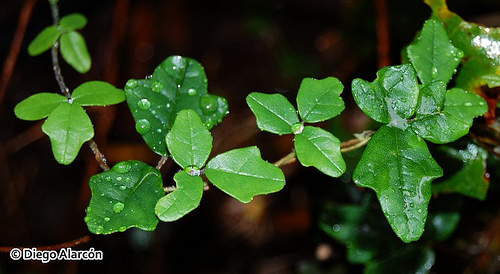
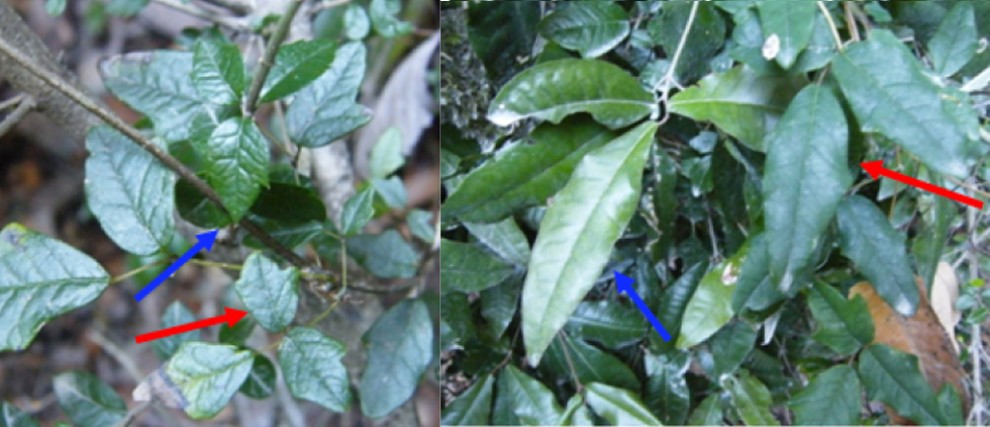
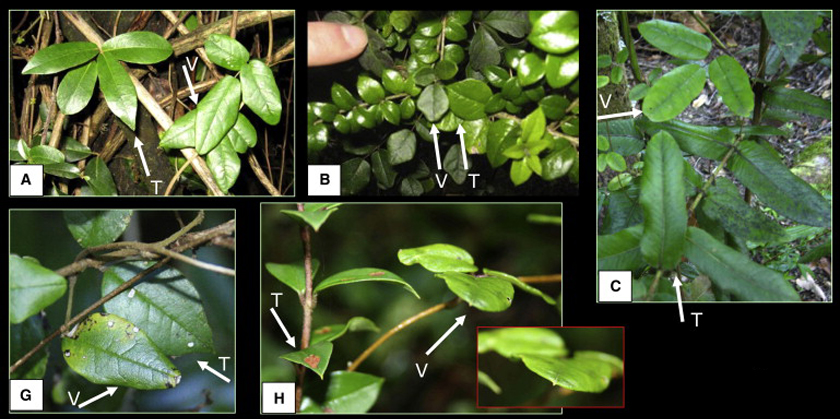
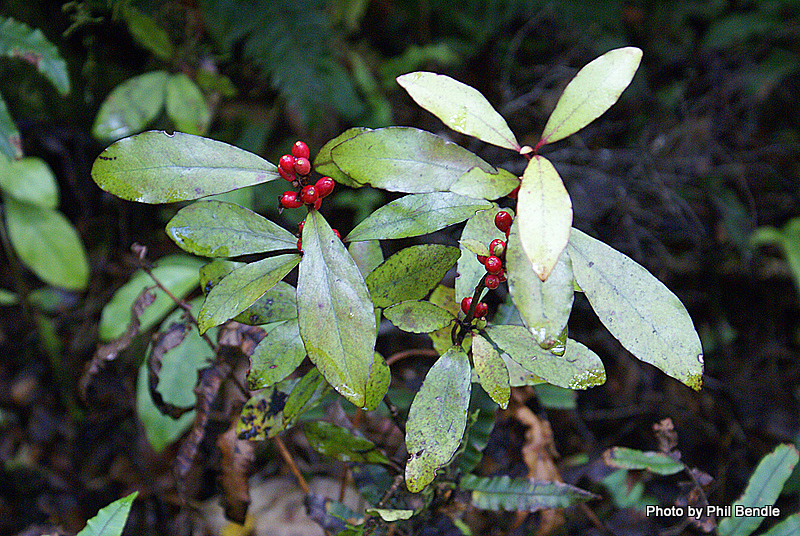
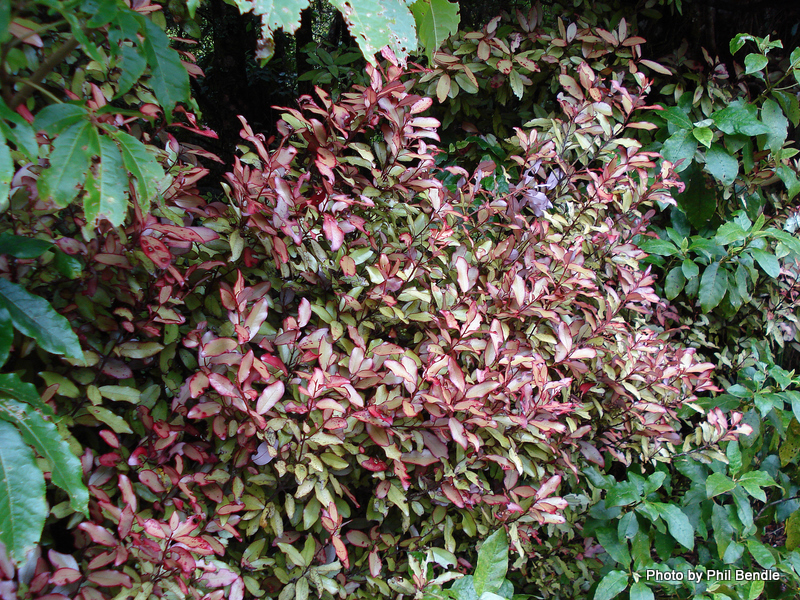

 RSS Feed
RSS Feed
